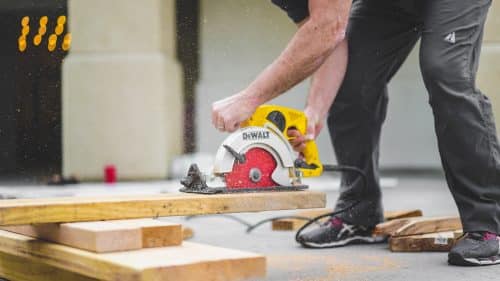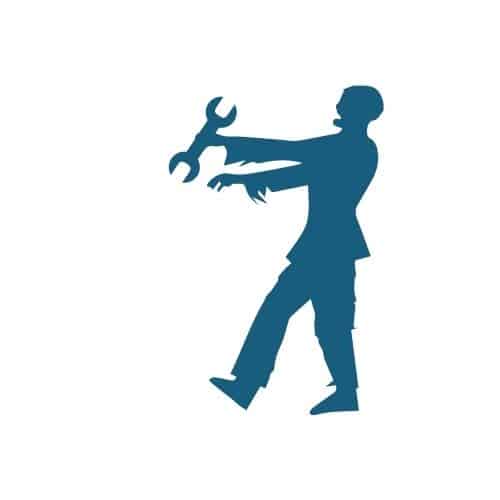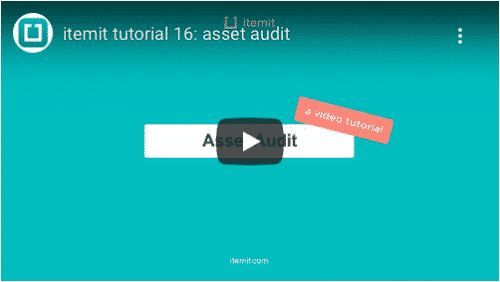Tools and equipment often go missing. This can cause huge issues, such as downtime or time spent searching for tools. If you’re leaving equipment onsite, too, not being able to schedule pickup times accurately will harm your operations.
A tool tracker will help you with this, as you’ll be able to schedule and manage your operations better, meaning you’re more able to deliver projects on time and under budget.
Tool tracking systems also help you schedule your maintenance, check out assets, and improve your efficiency, saving you a lot of time and money with your usage.

How Are You Losing Money?
There are many ways a business can lose money and time without noticing. Asset losses will be accounted for, for example, but this can create errors or gaps in accountability.
Your losses will largely relate to your accounting processes and, due to a lack of transparency, will be compounded by asset-related issues. Also, you may not realise too much time is being spent on a task that can be automated, such as asset maintenance.
Ghost and zombie assets are a good example of how you can lose money in your accounting process. These assets are either on your fixed asset register but not physically available, or vice versa. Therefore, your fixed asset register won’t be correct, risking a loss of tax breaks and accurate insurance information.

This is related to asset loss, too, as you may not realise an asset is lost, hence it becoming a ghost asset. Therefore, a tool tracker will save you a lot of money by reducing these risks.
How Does A Tool Tracker Work?
A tool tracker allows you to log all of your assets onto one system, and then gives you the functionality to log and schedule different interactions with your assets.
You’ll use asset tags to track an asset’s location history by tagging the asset with a QR code, linking this tag to a unique digital profile, and scanning the tag.
Then, you’ll also have a wide range of different features that tagging can open up, providing you with even more control and transparency over your register of tools. For example, if a group of assets are moving locations, you’ll be able to log the change using quick add features.
You’ll also be able to audit your assets to ensure that they’re all in the correct group or location. All you need to do is click a button, scan your assets, and watch the results update in real-time.
Overall, as you’ll be able to interact with assets when you’re with them and collate multiple operations with one system, you’ll save a lot of time and money.
Additional Tool Tracking System Features
There are many features that can also help you save time and money that aren’t related to using asset tags. For example, you’ll be able to use your tool tracking system as equipment checkout software, managing your tool bookings and rentals.
Then, you can add maintenance operations to the mix using issues management and reminders features, automating the reporting of issues while also automating the maintenance procedures that follow.
To find out more about itemit’s tool tracking system features, you’ll be able to book a demo using the button below.
You can also contact the team at team@itemit.com or fill in the form below to start your 14-day free trial and get started right away!
Why not check out these blogs?
What Are Asset Management Tools?
Start Tracking Your Assets Today!
Start your free 14-day trial now
Instant access. No credit card details required.


